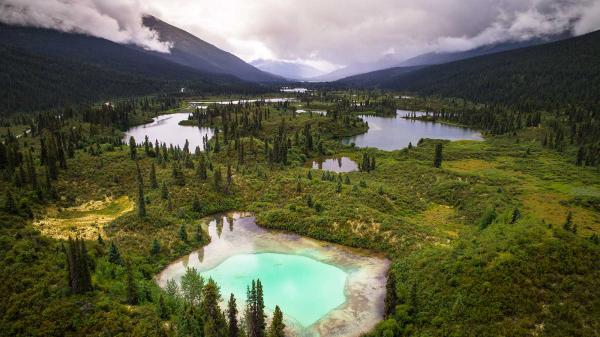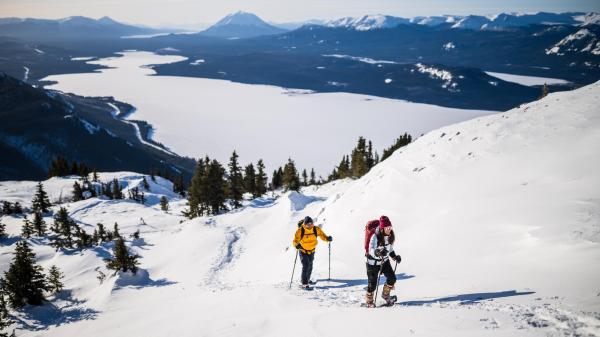
Hunting

Where camo isn’t a fashion choice
For millennia, Indigenous Peoples here have practiced subsistence hunting, taking an animal with respect and using it without waste. Today, ethical hunting continues to be a way of life in the Yukon. It’s not uncommon for home freezers to have far less store-bought meat than wild game. We’d like to think of it as truly organic, sustainably-sourced and really, really free-range meat—before the 100-mile diet became a trend.
Yukon boasts a range of big game species. The massive wood bison flourishes in the southern Yukon and is the largest land mammal on the continent. Moose, barren-ground and woodland caribou populations are scattered across all corners of the territory. High on craggy cliff sides, male mountain sheep show off full curls and mountain goats sport distinctive beards. The Yukon is home to roughly 6500 grizzlies and thousands of black bears.
With the diversity of game comes a variety of habitat. This is the real deal out in spectacular wilderness. Your hunt may take you through sprawling valleys, to pocket marshes, along historic rivers or up rugged mountainsides. How you get in depends on where you’re heading, what you’re after and who you go with. Multi-day river trips are often in freighter canoes, big and sturdy enough to carry hunters and gear as well as the game they’re hoping to bag. Guided packhorse trains follow ancient trails, and float planes take hunters to remote lakes where sometimes the call of a moose is the only break in the peace and quiet.
All visiting hunters must be guided by a certified outfitter or a family member through a special guide licence. Booking with an outfitter, who will help with the required license and seals, is the law and it is critical you understand your legal obligations including keeping your hunt ethical and safe. These laws are designed to respect Yukon wildlife and to preserve the way of life for future generations of hunters. Outfitters book their seasons fast, and often years in advance, so plan ahead.
Categories










